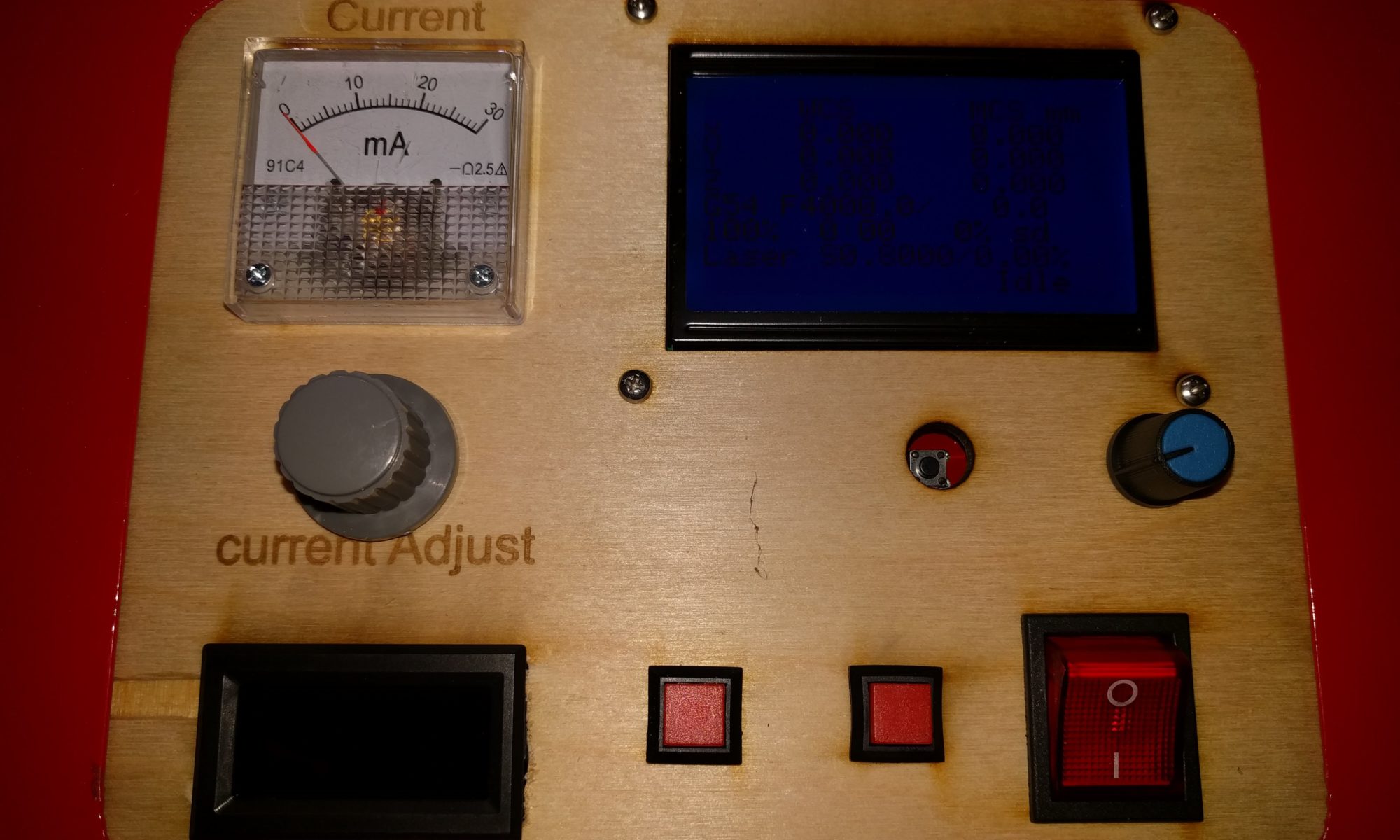I love the fall as it is time to bake. I only do it in the fall as with an electric oven it heats up the whole house which can postpone the need for a heater here in Texas. I got to test 3 different types of yeast breads. I wish I could bake regularly so I could keep a sourdough starter alive, but I am just too inconsistent to keep one alive and healthy with baking bread once or twice a year weather permitting. I’ll continue to make the sponge with Active Dry Yeast as the shelf life on that still amazes me.
Low Hydration
The first loaves were low hydration at about 50%, which is expected with 100 percent whole wheat flour. I find it hard to make a full hydration with the extra bran. This bread came out almost like an Irish brown bread, but was a full yeast dough and not a baking soda and baking powder bread. Great flavor and mouth feel but very dense and a very firm crumb, with hardly any rise. so hard to make loaves with a dough this stiff.

LowHydration_risen 
LowHydration_pre_risen 
LowHydration_loves 
LowHydration_dense_crumb
High Hydration bread
The next set of loaves were a full high hydration almost 68% hydration. I mixed it 50/50 with bread flour and 100% whole wheat. It made almost the perfect crumb for my taste. Light and airy with a firm mouth feel. It also retained the full whole wheat flavor without sacrifice. You can see the comparison with the low hydration(roundish slice) on the plate below.

HighHydration_proving 
HighHydration_risen 
HighHydration_loves 
HighHydration_open_crumb
Is Skillet cooking flatbread really baking?
I also threw in some Pita breads into the rotation. I cooked them in the cast iron skillet instead of the oven stone. I prefer the oven stone but it has to be down right cold to cook with the oven door open and on full tilt. I refuse to run the A/C on high just to heat the house with the oven. Maybe a pizza oven could resolve this baking outside.

FlatBread_yeast 
FlatBread_dough 
FlatBread_risen 
FlatBread_cooking 
FlatBread_testing

